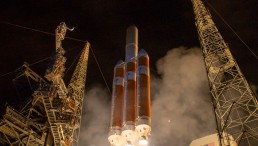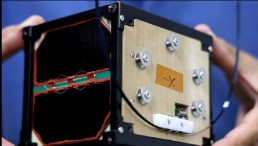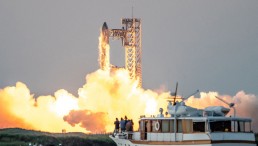NASA
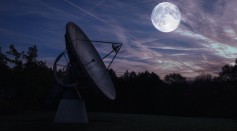
NIAC Program Awards $3.6M Funding to Six Futuristic Space Tech Projects
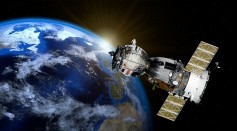
Soyuz Spacecraft Relocation a Success, Clearing Way for Future ISS Missions

Uranus' Glowing Rings, 27 Moons Captured in First Images Shared by NASA's James Webb Space Telescope
2 150-Foot Asteroids Are Making a Close Approach to Earth on Maundy Thursday, NASA Warns
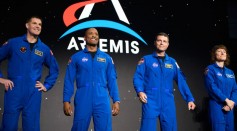
NASA Names Four Astronauts for Artemis II Mission That Will Fly the First Humans to the Moon After More Than 50 Years
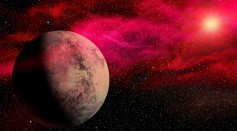
NASA's TESS Discovers Giant Exoplanet That Has a Mass of Nearly 13 Jupiters and Orbits Its Star in Just 7 Days

Nokia Is Putting 4G Internet on the Moon Later This Year in Support of NASA's Artemis Program
NASA Releases Incredible Photos of DART Crashing 520-Foot Asteroid Dimorphos
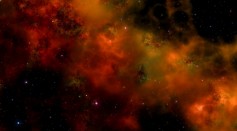
Space Exploration Revolution: NASA's 'Pellet-Beam Propulsion' Could Enable a Probe to Reach Interstellar Space in 5 Years

NASA's DART Collision With Dimorphos Created Huge Dust Cloud, Providing More Information About the Asteroid's Composition
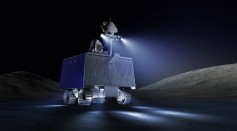
NASA Just Started Building Its First Robotic Lunar Rover That Will Explore Moon's Resources

Earth Has Three Times Higher Risk of an Asteroid Impact Than Previously Thought, NASA Warns
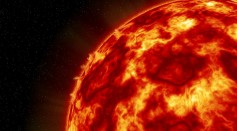
Colossal Solar Tornado Found Swirling Over Sun's Surface; What Causes These Whirlwinds?
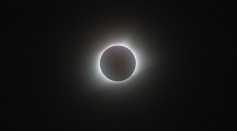
NASA Reveals Map of Solar Eclipses To Watch Out For; Here's When and Where You Can Spot Them
Most Popular

Use of Artificial Intelligence in Developing Cost-Effective Respiratory Medicines

November’s Beaver Moon: Final Supermoon of the Year Peaking Mid-Month

Innovations in Clinical Research: 2024 and Beyond

Valery Miroshnikov Profile at the DIA (2004–2019), Pictures


